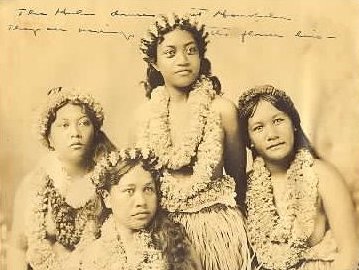Posted last year, but I love it, so here it is again!
In this fun four minute history of Santa Claus, CGP Gray explains how the character evolved, the role of Coca Cola, his conquest of the globe (i.e., Santa’s cultural imperialism), and the ongoing debates about where, exactly, he lives.
Also from CGP Gray:
- A Case Against the Penny
- What the Bleep is the United Kingdom?!
- The Economics of Royalty
- The Social Construction of the Continents
- A History and Account of Daylight Savings
- The Mathematics of Electoral Politics
- An Overview of the Electoral College
Lisa Wade, PhD is an Associate Professor at Tulane University. She is the author of American Hookup, a book about college sexual culture; a textbook about gender; and a forthcoming introductory text: Terrible Magnificent Sociology. You can follow her on Twitter and Instagram.












